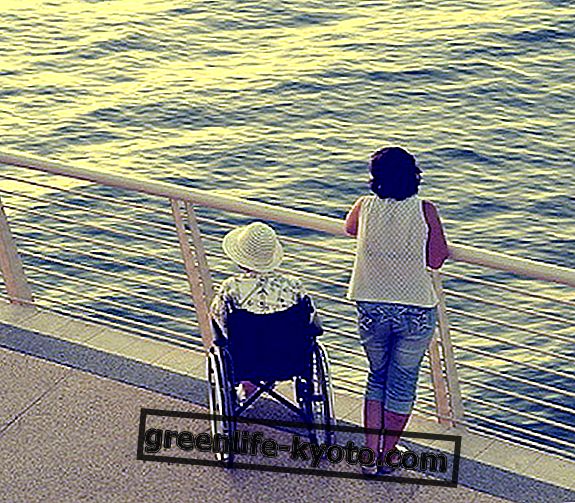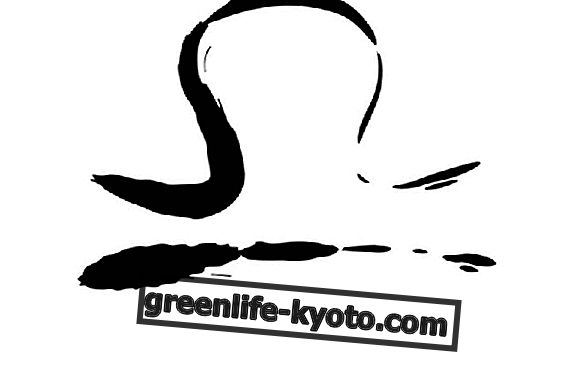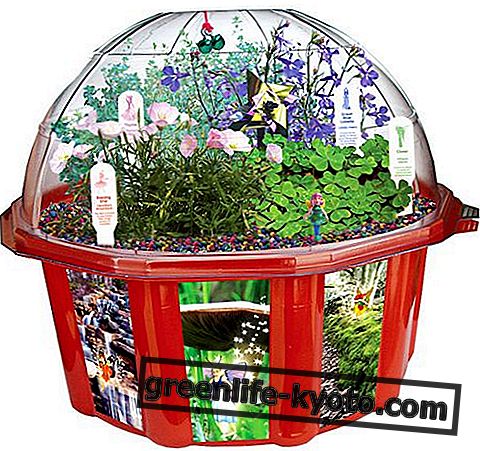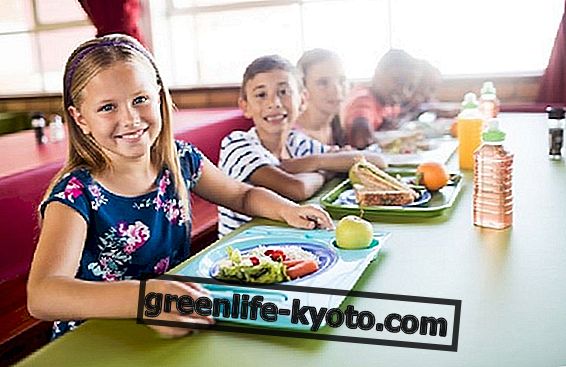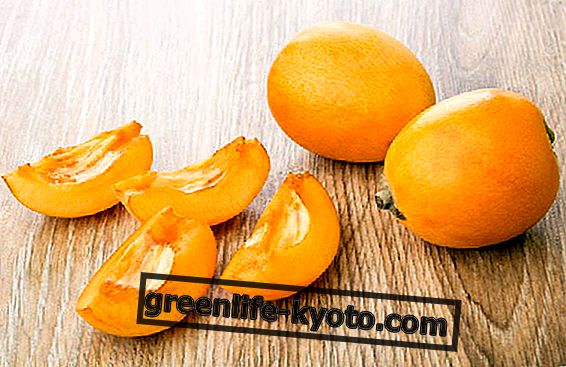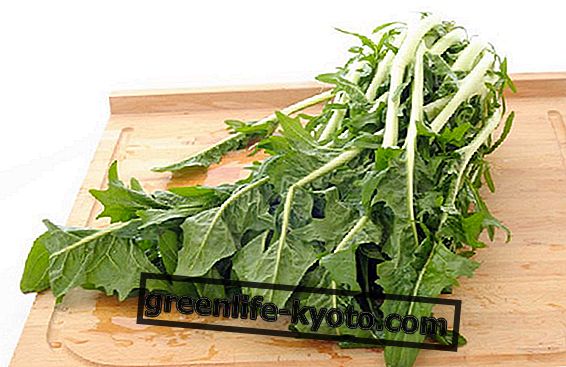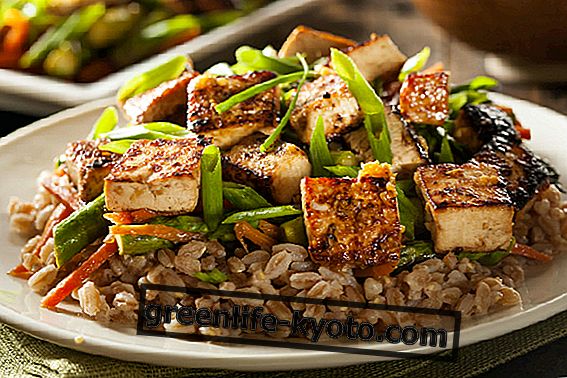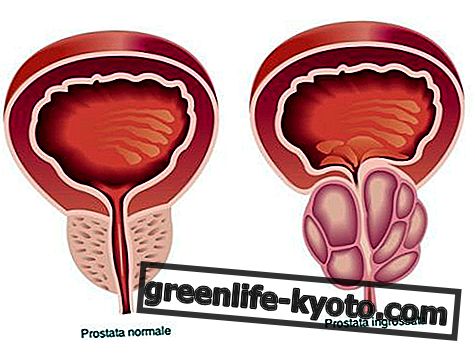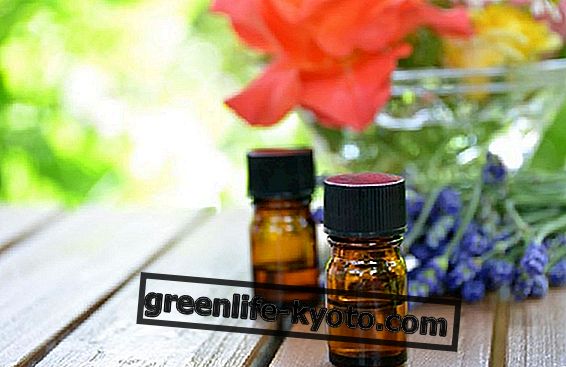
The pandanus is a tropical herbaceous plant that is traditionally used as an aromatic herb in Indonesian, Thai, Vietnamese and Malaysian cuisine .
The pandanus is also known as Pandan or Pandanus and belongs to the pandanaceae family.
Its bearing is of shrub or even of tree which can grow up to 20 meters depending on the climate and the variety of the Po valley.
Its optimal environment is in the tropical zone between Asia, Africa and Oceania where it finds a warm humid climate suitable for its development. In these environments, the Po valley grows spontaneously and over time has become more than 600 varieties of shrubby or tree-like plants.
The particularity of this plant in addition to its interesting sweet taste that is compared to almond and vanilla flavor, are its many health properties.
The pandanus is used systemically to reduce stress but it is also an excellent remedy to intervene in case of skin problems such as insect bites and even sunburns.
This herb in addition to its traditional use both in the kitchen and in oriental medicine is also increasingly known in America and Europe.
Read also Indonesian Cuisine, characteristics and main foods >>
The pandanus plant
This shrub grows with a very straight stem and bears thin and fragrant leaves that can also be edible depending on the variety of the Po valley.
The leaves are long and resemble flat ribbons and can also be so sharp as to become thorny. The fruits are orange colored drupes with a shape similar to a pine cone.
The roots of the Po valley are particular because, in addition to the classic underground roots, they also have many aerial roots that develop from the trunk and branches of the plant.
The leaves, flowers, fruit and even the roots are edible but only of some varieties of Padano cheese so it is necessary to know them well before using them.
An example of an edible variety is the Pandanus Amaryllifolius which in Asian cuisine is the one for more traditional food use.
Food use of the pandanus
The Pandanus Amaryllifolius variety has long, green and bright leaves that are suitable for cooking preparations and for roulades with rice or chicken but also with fish and prawns.
Even the desserts and the drinks are excellent with the pandanum thanks to its delicate, perfumed and slightly vanilla flavor that is perfect to accompany both savory and sweet dishes.
In Thailand, padano-stuffed and fried rice balls are also traditional, as is chicken in pandanus leaves.
In India, pandanus fascicularis is extracted from an essential oil called kewra which is used in cooking.
In Africa, the pandanus utilis variety uses pulp to produce a flour similar to the most famous cassava and this flour also needs to be cooked before being consumed.
In Asia, pandanus leaves are then used to flavor beverages such as those made with coconut milk or are added to basmati rice and jasmine tea to which it gives a delicious taste.
They are often woven into a basket and used as a flavoring container for cooking food.
Use of the pandanus for health and beyond
The pandanus is also used for health especially as an herbal tea in the preparation of infusions thanks to the properties of its leaves that relieve headaches and anxiety of stressful origin.
Another use of the Po is as a food coloring to give food and drinks a green tone thanks to the chlorophyll it contains.
Moreover since ancient times the pandanus is used as a curative remedy for sunburn and small skin wounds as well as insect repellent.
In traditional Bangladeshi medicine, the Po is used as a natural laxative and also in cases of colds and seasonal diseases.
Pandanus leaves are used to make flavoring containers where usually steamed food is cooked and in this way the padano leaves its delicate flavor to dishes.
Furthermore the pandanus has other uses such as the use of the fiber contained in the leaves which after a specific processing becomes excellent for producing ropes, baskets, nets, mats, hats and other commonly used objects.
Its use as an insect repellent is indicated not only to defend our skin but also in the construction of these objects allows to keep distant unwanted insects that would otherwise feed on the contents of the baskets or of the fiber itself.
